Koibird Carves a Niche in a Difficult Market for Indie Retailers

LONDON — When Belma Gaudio opened the doors to the independent boutique Koibird in 2018, she was looking to bring humor, fun and the joy of discovery back into retail.
She did just that: Koibird became a buzzy destination for its edits of up-and-coming designers, kooky (in the best way possible) fashion, and out-there seasonal transformations. It was London’s answer to the gap left by the closure of Colette in Paris.
More from WWD
One season the store was bubble gum pink from floor to ceiling, with fake sand dunes and a beachwear edit; the other it turned blue and red with fuzzy furniture and an alpine theme. More recently it transformed into a traditional Eastern European living room, complete with floor-to-ceiling florals and clothing by Polish designer Magda Butrym, Georgian native Materiel and others.
The company’s ever-changing physical space in central London’s Marylebone neighborhood — near Selfridges — was the heart of the business. But when the pandemic hit a few days after the retailer introduced a new, in-store concept highlighting African designers, things came to a temporary halt.
Although the majority of sales are now generated through the company’s e-commerce platform, and physical stores have been open since April in London, the reality is that traffic has declined massively, according to Gaudio.
In addition, there are still very few international tourists in London due to ongoing travel restrictions. Right now, luxury clients are spending online or in their home markets.
So Gaudio is also wondering whether there is still a place for the physical, independent boutique that isn’t part of a chain or does not have major investor backing.
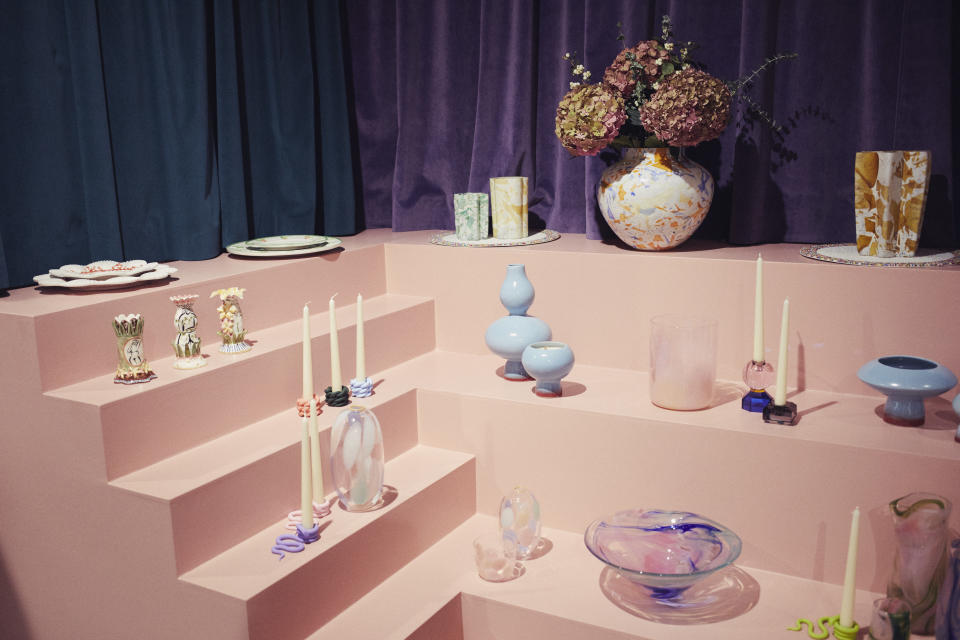
Courtesy of Koibird, Barney Curran
“The physical store is still very important to complete the omnichannel experience. Customers need to be able to have a point of contact with the brand, and come in and try the clothes. That’s why many digital-first brands are now opening stores. But with traffic declining so significantly, it does make us wonder if it’s worth investing in the store like we used to or if it’s worth moving to a more mobile concept,” said Gaudio.
For Koibird, one of the biggest post-lockdown shifts was that the store became just one element of a bigger equation of how to serve customers and tell stories.
“It’s crucial to have a story, you need to be more than just an online checkout, but I do wonder if the experiential element that retailers have been going after is still as relevant. It’s not just about the in-store experience anymore, it’s about how you treat your customer in, and out, of the store. It’s a question mark even for us. Is it worth doing what we’re doing?” added Gaudio.
For the moment, she is still dreaming up new concepts and just debuted a new theme for fall 2021: Koibird Hosts a Party.
The idea was to capture people’s appetite for celebrating the — relative — freedom granted back to us post-lockdown and the appetite to get together with friends and socialize.
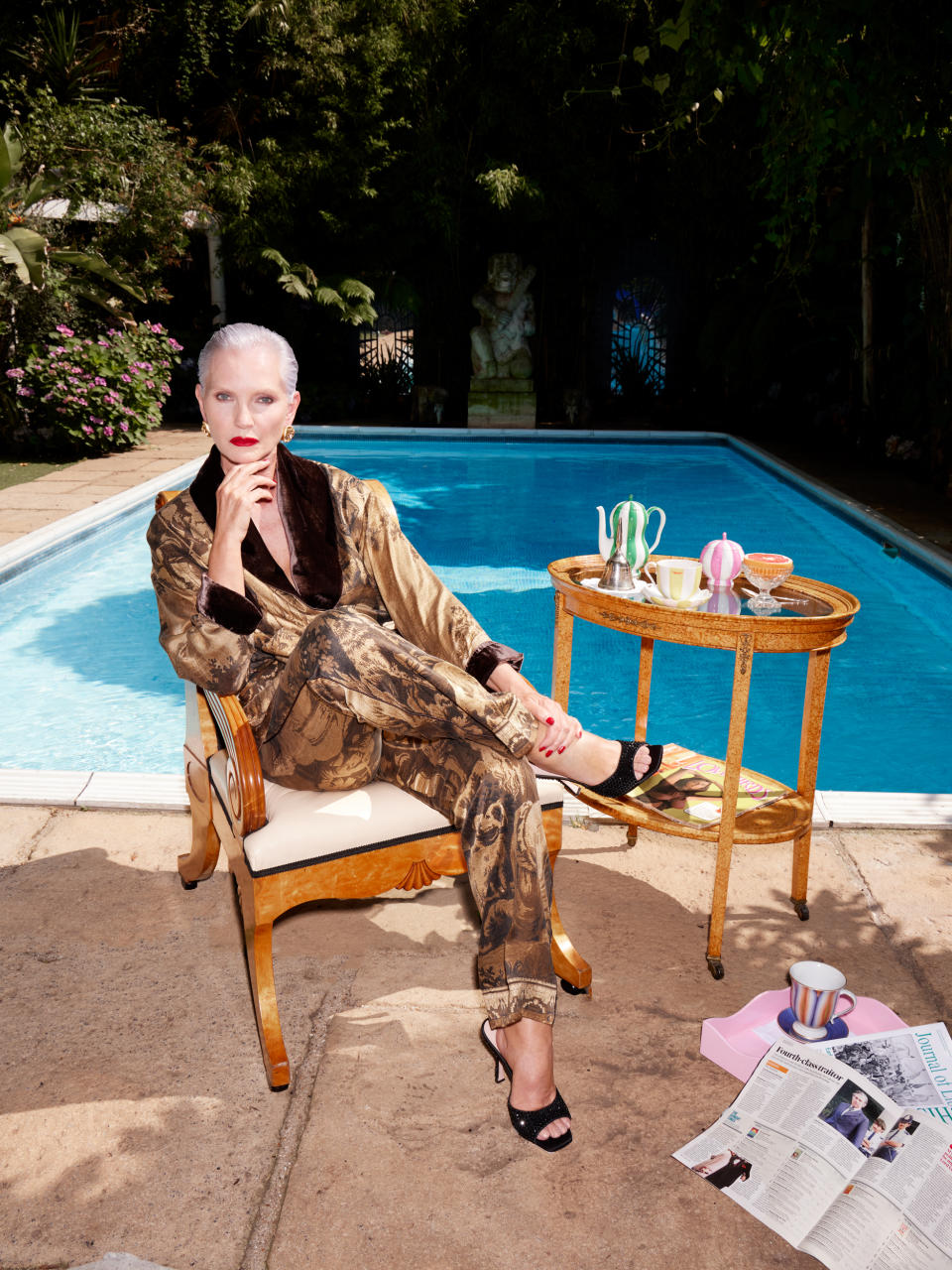
Courtesy of Koibird
“We are desperate to have some form of our lives back. People are going back to what they had, but in a different way,” said Gaudio. So to stay relevant to the current times and to acknowledge that the world is still navigating a pandemic, she added a bigger sense of ease in the store’s party edit and a lot more options for entertaining at home — or “lounge-able glamour,” as she calls it.
“Even if we can’t go out much, we might want to entertain at home — anything to get us out of sweats and Zoom. That’s where we wanted to be this season: Feeling cozy, hosting parties at home but also back to making an effort.”
Homeware is also becoming a big part of the company’s business and this season it’s presenting its biggest edit yet, to go with the party-at-home mood. There’s everything from printed plates by Tata Naka to funky candles by Viisiionss, and funky napkins by Chefanie.
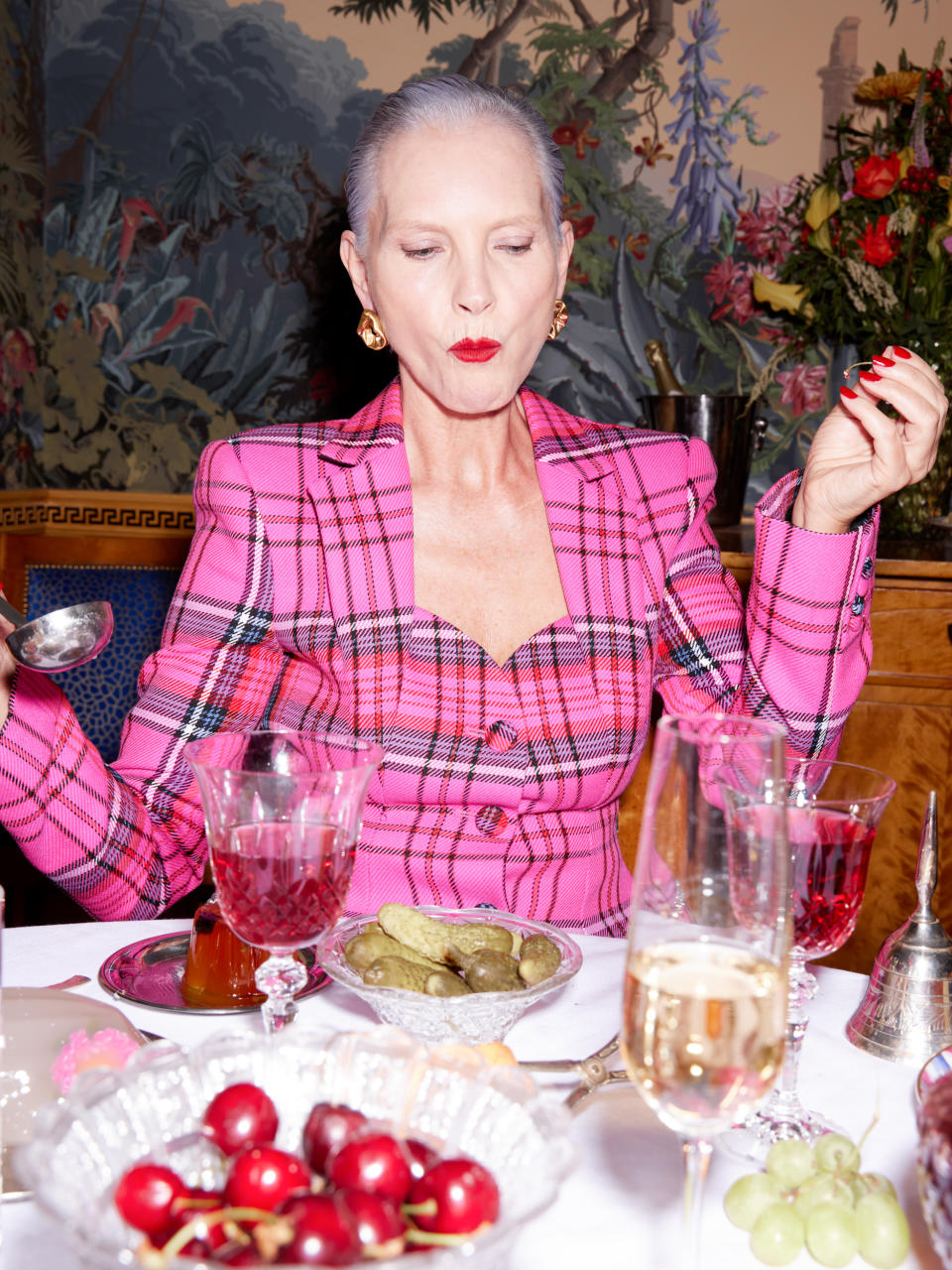
Courtesy of Koibird
The store itself channels the theme with opulent velvet curtains, plenty of jewel tones, leopard-print carpets and cozy living room furniture across the space.
“We’re being quite careful with budgets, we’re not going all out as we used to, and it’s all a little more pared down. But there are still ways to create an experience with the right colors and details. We basically wanted to create this cozy feeling as if you’re in our living room,” added Gaudio.
Accessing these experiential spaces is part of the appeal for Koibird’s partner brands, although Gaudio admits that it has taken many conversations to convince some of those brands to work with one-off, seasonal themes.
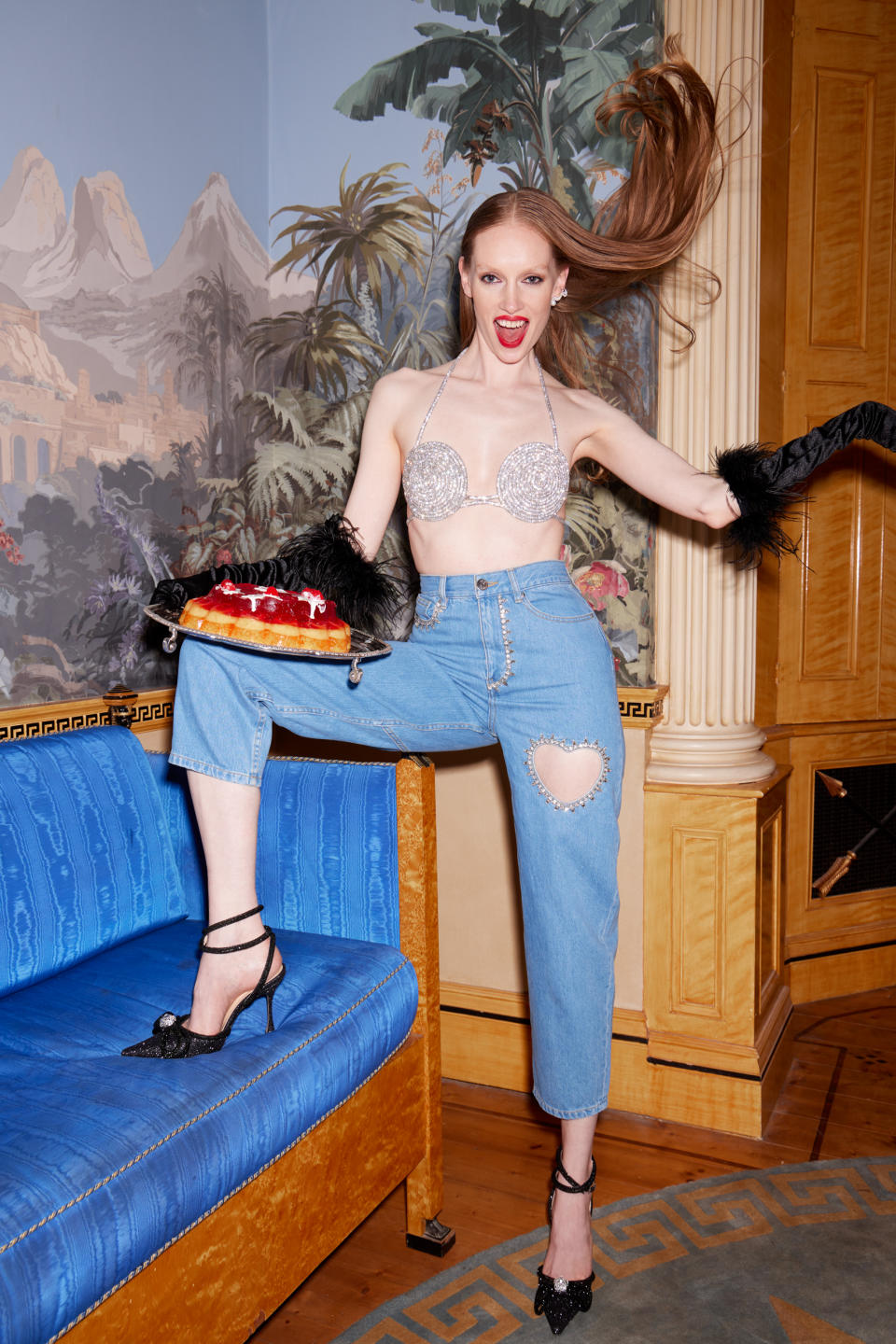
Courtesy of Koibird
“We’re not part of the traditional retail buying model so sometimes it’s hard for certain brands to understand the concept, they feel like it’s very transient. But over the years we did find amazing partners who can see what we can offer: Exposure in London, and being part of a highly curated edit instead of being just one brand among a million,” she said.
Gaudio believes that as brands focus on their own d-to-c businesses, a store such as Koibird can be a great add-on, like being part of a gallery, or a collective. The store has been forging more long-term partnerships with brands like Rowen Rose, Area and Mach & Mach that fit into many of its seasonal themes.
As she looks ahead, Gaudio is aiming to keep developing the brand’s e-commerce platform and to meet international demand, which has been growing in markets including the U.S. and the Middle East. While the physical store will always have a relevance in Koibird’s business, working sustainably and with an ever-evolving business model is the real way forward.
“The best way to move forward is to be sustainable. We are upping our buy of sustainable brands — and still doing it the Koibird way — discounting much less frequently, offering smaller edits and working on reusing old stock and giving it new life,” she added.
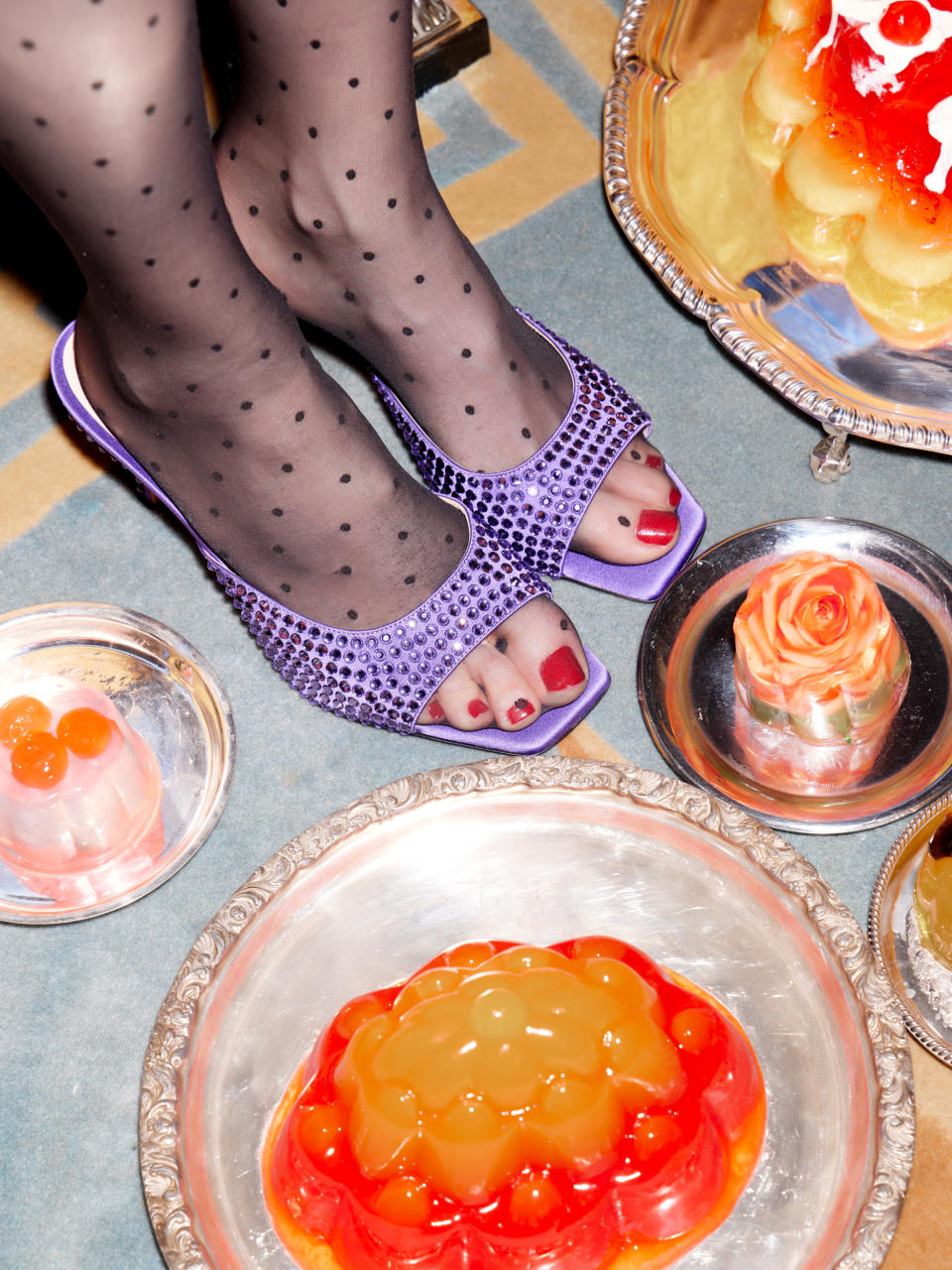
Courtesy of Koibird
Sign up for WWD's Newsletter. For the latest news, follow us on Twitter, Facebook, and Instagram.